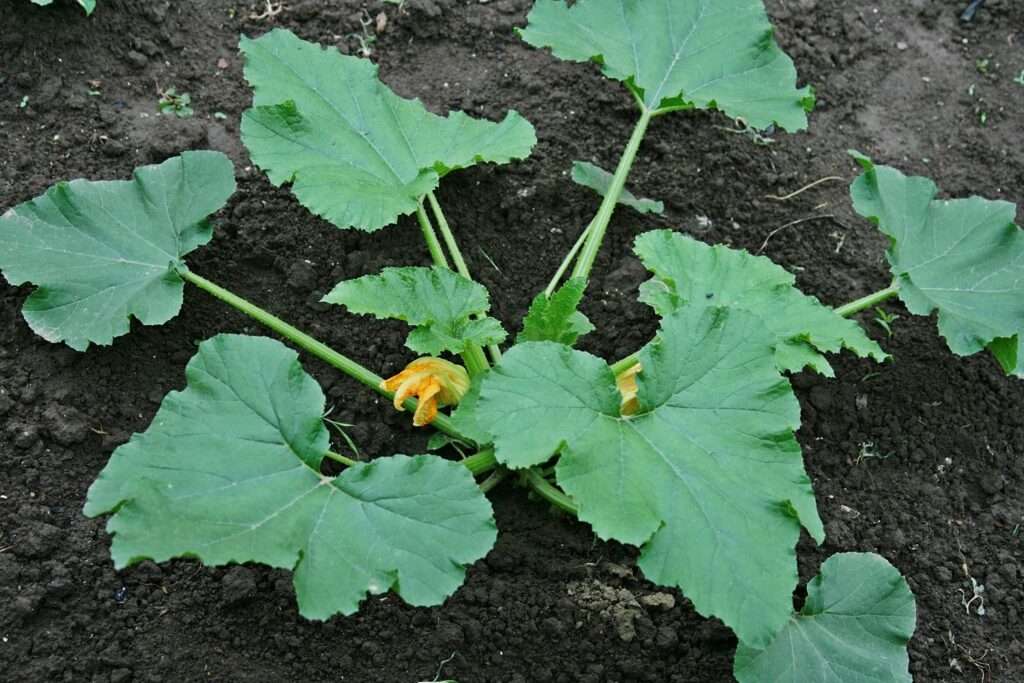
Description
The immature fruit of the courgette plant is called a courgette, and it is usually taken when it is around 10 cm long. When they grow bigger, they are called marrows; their flesh is creamy and their flavor is more watery. The vegetable courgette is monoecious. This indicates that there are male and female blooms on the plant.
Courgettes are classified as fruits, despite their vegetable-like appearance and green skin. This is due to the fact that they are derived from a flower and develop from a golden blossom that appears beneath the foliage. Together with melons, cucumbers, and pumpkins, courgettes are members of the Cucurbitaceae family.
Habitat
Although they are indigenous to Mexico and Central America, courgettes are currently among the most widely consumed summer squashes in the world.
Uses
With its high water content and low calorie count, courgettes are far from being fattening. They don’t have a lot of minerals, but they do have a lot of potassium, which can help keep blood pressure regular, and vitamin C, which is beneficial for boosting the immune system.

Varieties
“Alfresco F1” is a light green cultivar of courgettes that has a firm texture and excellent flavor. An Italian innovation, the huge blossoms are perfect for cooking as well.
“Diamant F1“: Flavorful, lengthy, dark green fruits. This early-ripening, non-climbing courgette is resistant to mildew and produces a large yield.
“Dunja F1“: Long-fruited, dark green cultivar of courgette. The plants of this type are resistant to numerous viruses and powdery mildew. Furthermore, they don’t develop climbing tendrils. Harvesting of “Dunja F1” is possible year-round, from June through the autumn.
“Ismalia F1“: Fruits are elongated and pale green with white dots. Starting in July, the “Ismalia F1” courgette produces an abundance of little fruits. “Ismalia F1” is immune to ring spot disease, powdery mildew, and a variety of viruses.
“Nano Verde Di Milano“: A Milan-based Italian varietal. This type produces exceptionally tiny, fragile fruits that have an elongated shape, a deep green colour, and a delicious flavor.
“Partenon F1“: This robust variety of courgette is suitable for novices. It boasts long, dark green fruits with glossy skin that are incredibly tasty.
Plant Care
- Plant early-planted plants in late spring under cloches or frames, or wait until after the last severe frost and plant outside without protection. Before planting, let plants become acclimated to the outdoor environment for ten to fourteen days by bringing them inside at night and leaving them outside during the day.
- To keep soils or container compost from drying up, give plants plenty of water. When planting, use an incredicrop one-time long-season fertilizer, or once the plants begin to flower, give them a weekly dose of liquid tomato feed.
- Insects pollinate the blossoms of courgettes. Hand pollination can help set during a cold season when natural pollinators may be scarce or if fruits are just not developing. Select a male flower (one that does not have any immature fruit behind it), remove the petals, and place the stamen inside each female bloom to disperse the pollen. As an excellent way to save space, train courgettes to climb and trail up frames.
Table





